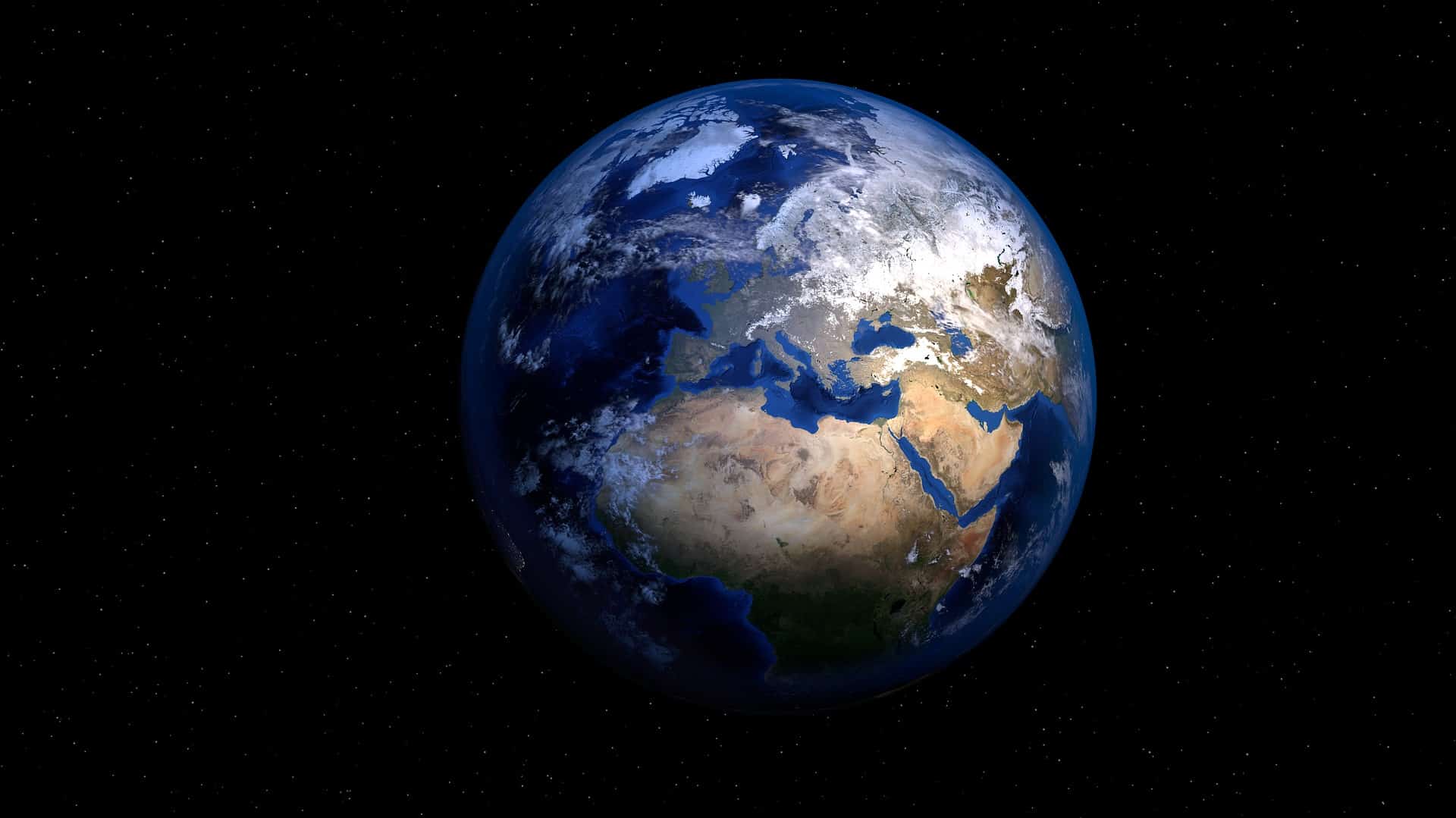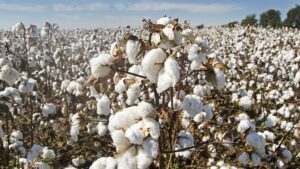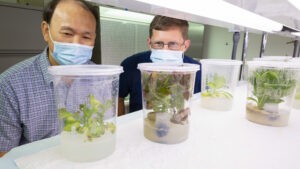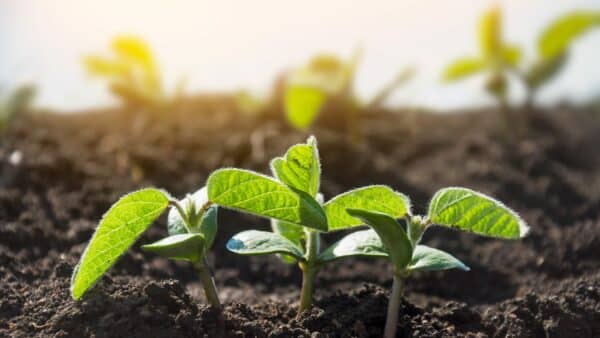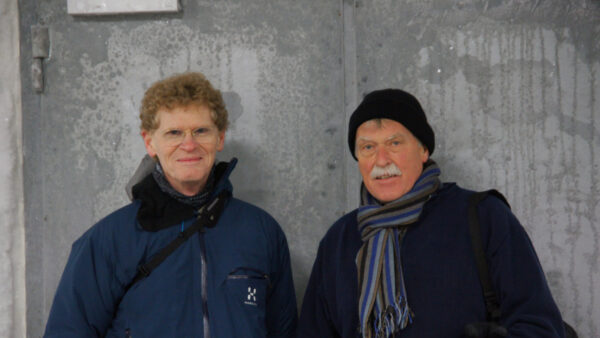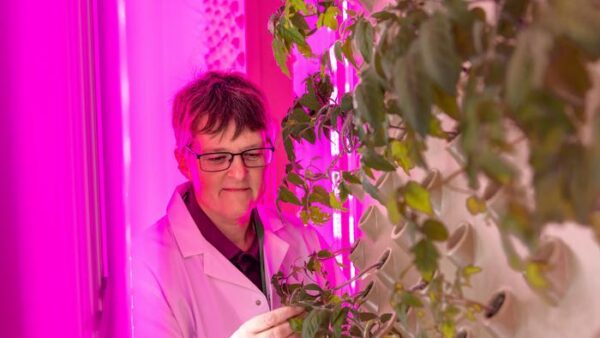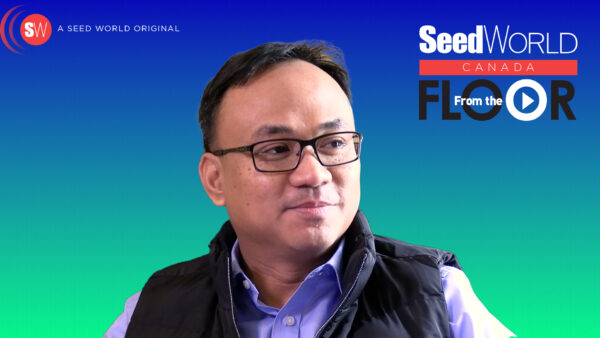Michigan State University (MSU) research team expects to launch space mission with NASA to investigate how future space travelers can grow their own food.
On Sept.3, NASA plans to launch its Artemis I mission. After years of preparation, the launch is the first step towards NASA’s future goal to establish a “long-term human presence on the moon,” according to a release.
While humans will not be aboard this mission, it will carry out experiments that could address crucial questions for future, more ambitious spacefaring missions. One question that Federica Brandizzi, MSU Foundation professor in the College of Natural Science and the MSU-DOE Plant Research Laboratory (PRL), is keen to solve is: “How is that long-term human presence going to feed itself?”
The answer, according to Brandizzi, is that space travelers must grow their own food, as sending care packages of food for astronauts is not sustainable. While the solution is clear to Brandizzi, the process of growing these plants in space will be a long journey.
“In space, there are so many variables, so many things that plants have never experienced before,” she said.
Researchers have found in previous experiments that plants grown in space produce smaller levels of protein building blocks that promote strong seedlings on Earth. The blocks, or amino acids, are also packed with nutrients for those that eat the plants.
As a result of these past experiments, Brandizzi’s lab selected seeds enriched with amino acids to send to space along with regular seeds. The experiment will answer a pressing question for researchers: Can fortifying the seeds on Earth offer a more sustainable path to grow healthier plants in space?
“This is really about understanding how we can establish and sustain life outside of this planet,” said Brandizzi. “We need to have plants that can survive long-term space travel for generations.”
Brandizzi’s team is sending thale cress seeds — a popular plant model species — to space for their experiment. While thale cress is not a food crop, its findings can be translated to plants used as produce.
Other Efforts from NASA
The team’s investigation is one of four chosen by NASA’s Space Biology Program. Through the experiments, NASA hopes to learn more about how deep space impacts terrestrial biology.
Aboard Artemis’s Orion spacecraft with MSU’s seedlings will be “a yeast experiment led by the University of Colorado-Boulder, a fungus experiment led by the Naval Research Laboratory and an experiment with photosynthetic algae led by the Institute for Medical Research, a nonprofit research corporation,” said the release.
MSU’s seedlings will be the third experiment from Brandizzi’s lab aboard a NASA mission.
“You only get one shot, so everything has to be perfect,” she said. “I’ve lived through this two times already, so I know it’s going to be a mix of emotions. The preparation is intense, it’s tiring, but it is so rewarding.”
Read More:
The First Commercial Space Greenhouse is Ready for Orbit
Can Space Help Breed More Stress Tolerant Crops? NASA’s Doing the Research


